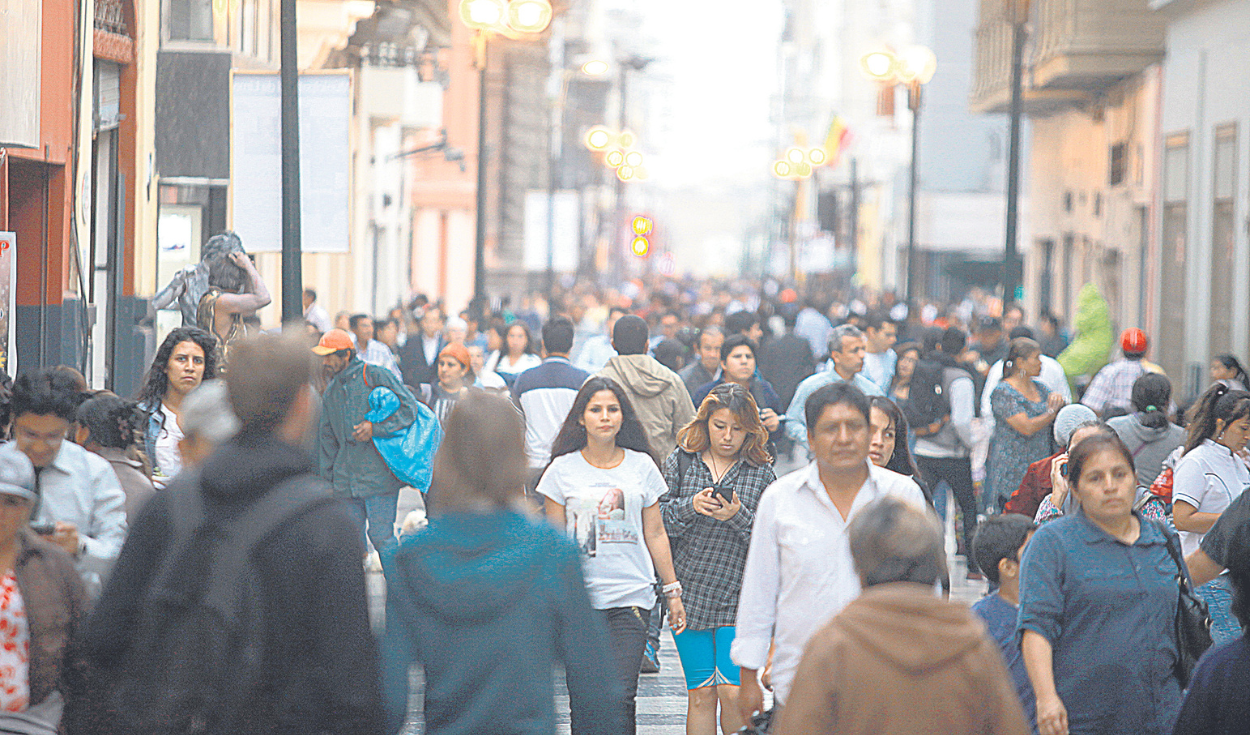
In Latin America and the Caribbean, the mass suffering from the “poor worker phenomenon” may continue to increase, as warned by the International Labor Organization (ILO) in the presentation of its ‘Labor Outlook 2023’ report.
For Roxana Maurizio, expert in labor markets and coordinator of the report, This has to do with the low average salarieswhich are partly associated with informality and persistent job insecurity.
While weak jobs growth is expected in the region, in line with GDP growth projections closer to 2%. “We expect that the average unemployment rate for this year will be around 6.3%, but that it will rise between 6.5% and 6.8% by 2024,” he said.
In the Peruvian case, former Vice Minister of Employment Fernando Cuadros recalls that a worker is underemployed when his income does not allow him to cover at least half of the cost of the basic consumer basket, which is the family poverty line.
Thus, the outlook is gloomy when a little more than 40% of families have only one earner of labor incomewhich makes you less likely to cover the cost of the basket.
For the specialist, this is a complex scenario, especially in a context of economic recession, because even payroll workers barely exceed the poverty line.
In this way, we have to minimum salary is S/1,025, while the basic basket is on average S/1,500, an amount that varies by region, but is still higher if inflation is taken into account.
“In a family where there is only one recipient of labor income who earns the minimum wage and who has only one job, obviously, That income does not allow him to cover the basic basket and leaves him and his family in a situation of poverty,” he stated for La República.
To begin to reverse this scenario, Cuadros notes that the path of economic growth must be returned to. In this sense, the reference interest rate of the Central Reserve Bank (BCRP) must continue to be lowered to encourage consumption and, on the part of the Ministry of Economy and Finance (MEF), the expansive fiscal policy must be applied with greater force.
For its part, the ILO points out that a set of policies is required in the region that encourage the creation of formal jobs, strengthen labor institutions, in particular, the minimum wage and collective bargaining, within the framework of social dialogue.
Job recovery is still insufficient
The occupancy rate in Latam and the Caribbean reaches 58.2%, when it was 57.9% in 2019, which shows a complete recovery of this indicator in the third quarter of 2023. While the participation rate reaches 62.3%, which is insufficient for the ILO, since in the year pre-pandemic it was 63.3%. Thus, the unemployment rate reaches 6.5% (previously 8.6%).
Persistence of gender gapsyouth unemployment, informality and loss of purchasing power are the characteristics of the labor market in the region.
The word
Claudia Coenjaerts, ILO regional director for Latin America and the Caribbean
“It is crucial to implement policies that (…) avoid the precariousness of formal employment and boost productivity to overcome this structural problem that persists in the region.”
Figures
- 335 million people make up the labor force in the region by 2022, according to the ILO.
- 48% is the labor informality rate.
Source: Larepublica
Alia is a professional author and journalist, working at 247 news agency. She writes on various topics from economy news to general interest pieces, providing readers with relevant and informative content. With years of experience, she brings a unique perspective and in-depth analysis to her work.











